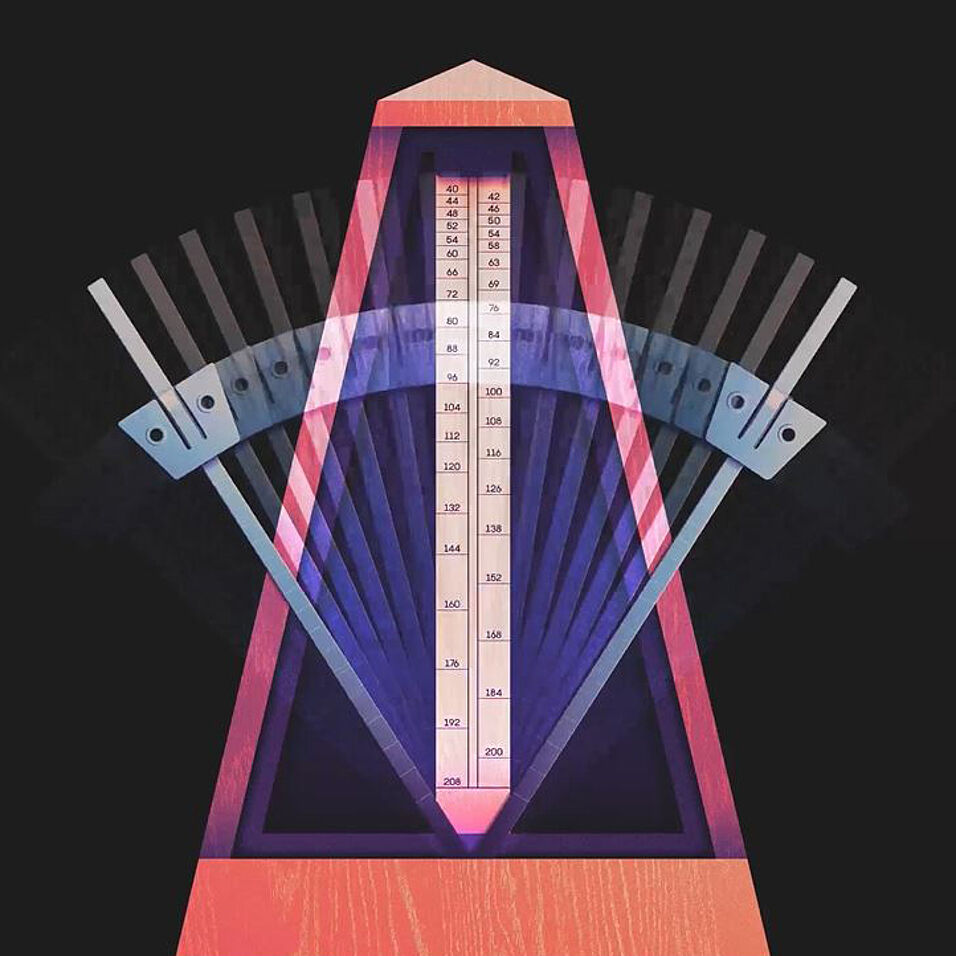Physicists have coaxed particles of light into undergoing opposite transformations simultaneously, like a human turning into a werewolf as the werewolf turns into a human. In carefully engineered circuits, the photons act as if time were flowing in a quantum combination of forward and backward.
“For the first time ever, we kind of have a time-traveling machine going in both directions,” said Sonja Franke-Arnold, a quantum physicist at the University of Glasgow in Scotland who was not involved in the research.
Regrettably for science fiction fans, the devices have nothing in common with a 1982 DeLorean. Throughout the experiments, which were conducted by two independent teams in China and Austria, laboratory clocks continued to tick steadily forward. Only the photons flitting through the circuitry experienced temporal shenanigans. And even for the photons, researchers debate whether the flipping of time’s arrow is real or simulated.
Either way, the perplexing phenomenon could lead to new kinds of quantum technology.
“You could conceive of circuits in which your information could flow both ways,” said Giulia Rubino, a researcher at the University of Bristol.
Anything Anytime All at Once
Physicists first realized a decade ago that the strange rules of quantum mechanics topple commonsense notions of time.
The essence of quantum strangeness is this: When you look for a particle, you’ll always detect it in a single, pointlike location. But before being measured, a particle acts more like a wave; it has a “wave function” that spreads out and ripples over multiple routes. In this undetermined state, a particle exists in a quantum blend of possible locations known as a superposition.
Abstractions navigates promising ideas in science and mathematics. Journey with us and join the conversation.
In a paper published in 2013, Giulio Chiribella, a physicist now at the University of Hong Kong, and co-authors proposed a circuit that would put events into a superposition of temporal orders, going a step beyond the superposition of locations in space. Four years later, Rubino and her colleagues directly experimentally demonstrated the idea. They sent a photon down a superposition of two paths: one in which it experienced event A and then event B, and another where it experienced B then A. In some sense, each event seemed to cause the other, a phenomenon that came to be called indefinite causality.
Not content to mess merely with the order of events while time marched onward, Chiribella and a colleague, Zixuan Liu, next took aim at the marching direction, or arrow, of time itself. They sought a quantum apparatus in which time entered a superposition of flowing from the past to the future and vice versa — an indefinite arrow of time.
To do this, Chiribella and Liu realized they needed a system that could undergo opposite changes, like a metronome whose arm can swing left or right. They imagined putting such a system in a superposition, akin to a musician simultaneously flicking a quantum metronome rightward and leftward. They described a scheme for setting up such a system in 2020.
Optics wizards immediately started constructing dueling arrows of time in the lab. Last fall, two teams declared success.
Full article: read here
Charlie Wood

